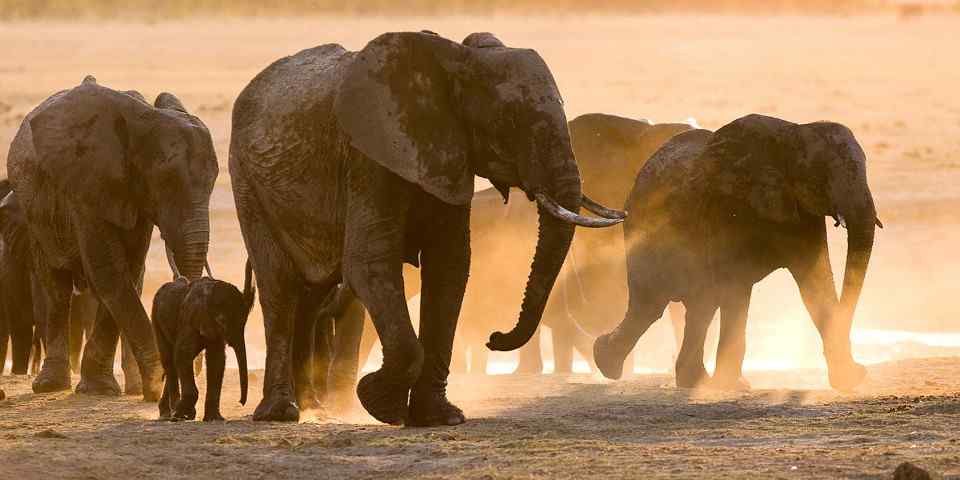
Safari Tours to Matobo NP
-

9-Day Zimbabwe Explorer
$3,113 pp (USD)
Zimbabwe: Private tour
Mid-range Lodge & HotelYou Visit: Victoria Falls (Start), Hwange NP, Matobo NP, Masvingo (Town), Great Zimbabwe (Ruins), Harare (End)

Escape to Adventure Safaris
4.9/5 – 151 Reviews
-

7-Day Victoria Falls, Hwange NP and Matobo NP Experience
$3,108 to $3,751 pp (USD)
Zimbabwe: Private tourLuxuryLodge & Hotel
You Visit: Victoria Falls (Start), Hwange NP, Matobo NP, Bulawayo (End)

Off2Africa Travel
5.0/5 – 144 Reviews
-
![12-Day Zimbabwe Explorer Tour]()
12-Day Zimbabwe Explorer Tour
$4,026 pp (USD)
Zimbabwe: Private tour
Mid-range Lodge & ResortYou Visit: Victoria Falls (Start), Hwange NP, Bulawayo (City), Matobo NP, Khami (Ruins), Great Zimbabwe (Ruins), Vumba Mountains (Mountain Range), Nyanga NP (Eastern Highlands), Harare (City), Harare Airport (End)

Exec Africa Travel and Tours
5.0/5 – 26 Reviews

 Zimbabwe Parks
Zimbabwe Parks








